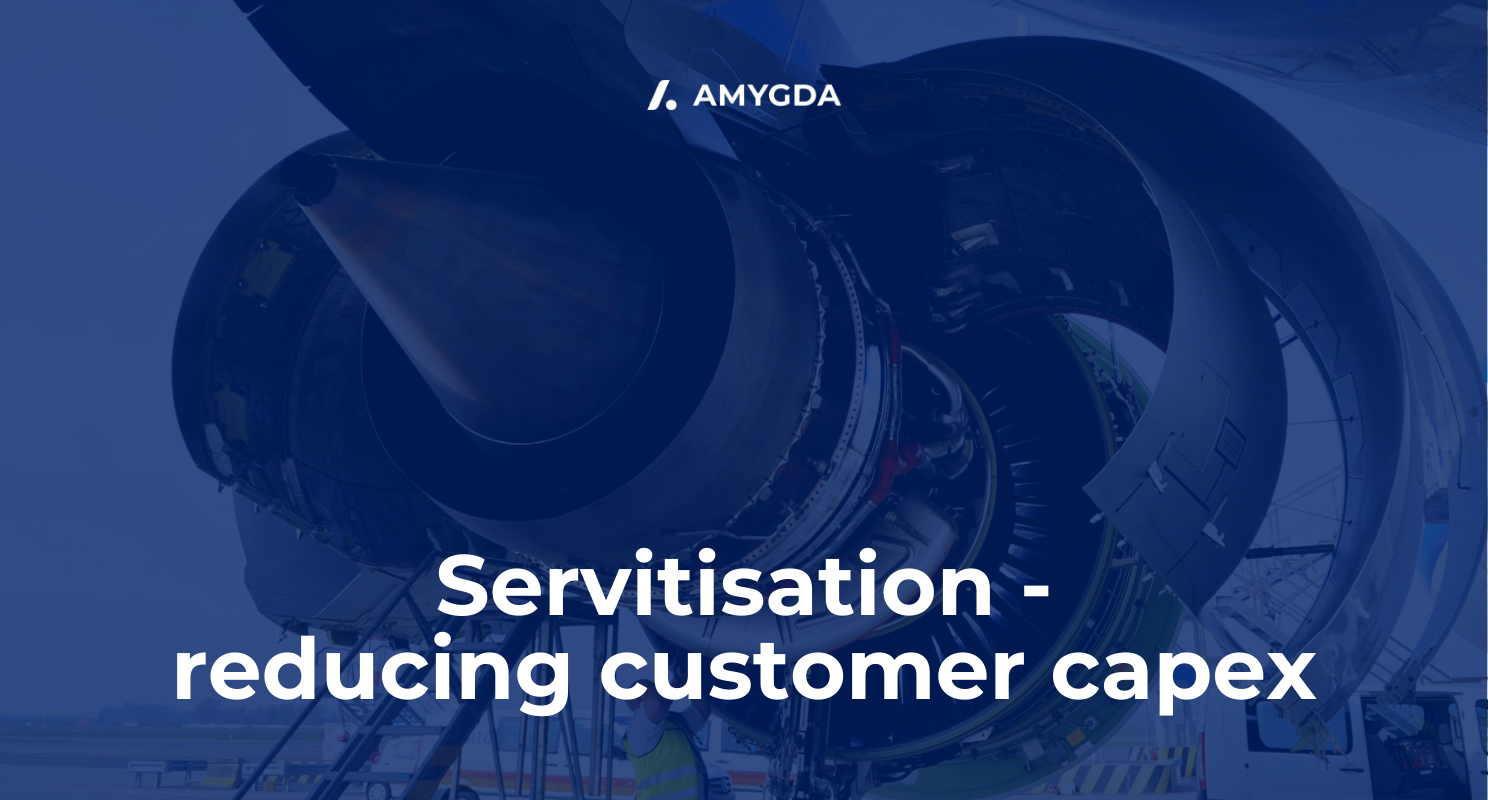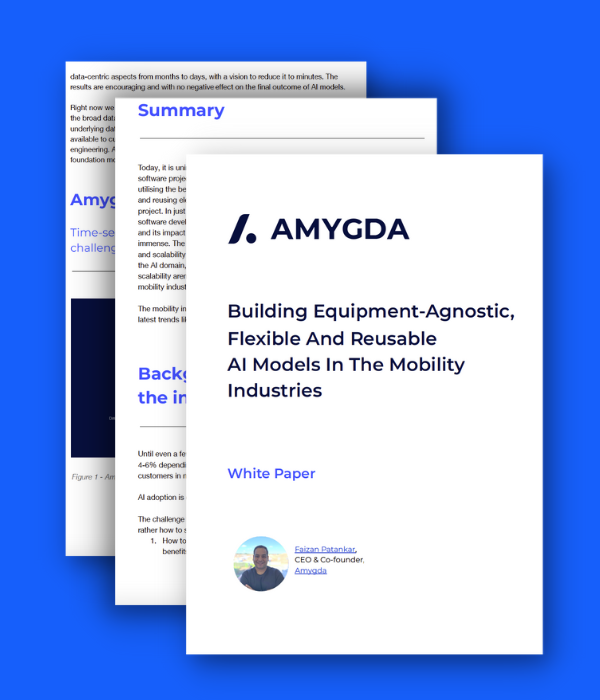Abstract
Servitisation is more than just a business model. It’s an opportunity to transform your products into intelligent and connected solutions, providing new services that enhance customer value and satisfaction, while reducing risk and cost. Servitisation can provide a significant competitive advantage for services providers in the rail and aerospace industries, dramatically changing the way you engage with customers.
As a service provider of rail or aerospace equipment, servitisation means focusing on digital transformation by leveraging the data generated from your intelligent assets. This will provide additional customer value that leads to longer customer life cycles, reduced capex requirements for your customers, and improved service quality through enhanced asset visibility.
Introduction
Servitisation is a business model that focuses on service to the customer and is becoming increasingly prevalent in industries such as rail, aerospace and others. The difference between servitisation and other customer-focused business models is that servitisation isn’t simply about adding services to an existing product offering. Rather, it’s about fundamentally changing the way companies do business. In this article, we’ll explain why servitisation is a promising business model for leasing companies in rail and aerospace.
Servitisation in services, leasing and management
Servitisation is the evolution of business models in which the product becomes a service. It is not a new concept, but it has become increasingly popular, particularly in rail and aerospace.
What does servitisation mean for leasing companies? Traditionally, leasing companies offer financial lease contracts for capital goods, such as trains or aircraft. These leasing companies then resell the asset at the end of the contract to another buyer or an asset management company. Servitisation moves from an ownership model to a user-value model. Servitisation is therefore only a transition stage in the lifecycle of products; later on they can be repurposed or recycled into new products. However, this transition stage can threaten traditional leasing companies that see their product being used as a service rather than being sold.
Servitisation in rail and aerospace industries
As the rail and aerospace industries become more service-oriented, we are also seeing a change in approach from leasing companies, who are traditionally equipment-oriented. Leasing companies have realized that there’s no reason for them to be disinterested parties. Instead of just focusing on asset management and contract execution, they can adopt a service orientation as well. That will make them more valuable to their customers and allow them to build long-term relationships with those customers.
In order to take advantage of this opportunity, leasing companies need to shift their thinking—and quickly. As equipment manufacturers make their way toward servitisation themselves, they will likely be looking for partners who have already made that transition successfully.
Servitisation as a promising business model for traditional leasing companies in the rail and aerospace industry.
Servitisation, as a strategic and business model, allows companies to differentiate themselves from their competitors and focus on the customer. The traditional concept of a leasing company is that of an organization that provides financial services or rental services for equipment or other types of products. Today’s business landscape, however, is characterized by increased competition and commoditization of products with similar features. Therefore, many companies are focusing on more than just providing financing services or renting out their assets as they switch to a more service-focused approach to gain a competitive edge in their market.
If you are currently involved in the rail or aerospace industry and monitor your company’s performance closely, you have probably noticed that both industries have been facing several challenges over the past decade. While the aviation industry had to deal with several large incidents (e.g., Lufthansa Flight LH1829 at Hamburg Airport) and an overall increase in operational complexity related to regulations on noise reduction, the rail industry has been constantly struggling with increasing traffic volumes and growing environmental concerns about greenhouse gas emissions.
Therefore, many companies within these two industries are currently focused on enhancing their business processes and operations through digitalization technologies (e.g., artificial intelligence), which helps them improve the quality of their assets while reducing downtime and maintenance costs significantly—and servitisation will help them take it one step further!

Challenges for traditional leasing companies and integrative service providers
Companies that are not able to change their business models may find themselves with decreasing revenues and margins. Some leasing companies have already recognized the importance of data analytics and service provision, while others have not started the process yet. Companies need to identify if they want to stay in the asset-based business or move into an integrative service provider role. A detailed requirement analysis may lead to the conclusion that rental companies will be part of a larger ecosystem, competing with other new entrants like industrial service providers or technology giants.
The industry leaders will be those who manage to combine product and services offerings, creating innovative solutions for customers. It is a great opportunity for companies who possess strong data analytics capabilities as well as close customer relationships, as this will allow them to sustain competitive advantages over both new market entrants and traditional competitors.
Conclusion
Overall, servitisation seems to be the right answer in the rail and aerospace industry. The customers want to outsource more and more of their non-core activities, and leasing companies are in a very suitable position to take over these services. Servitisation is a promising business model for traditional leasing companies. For example, though leasing has traditionally been regarded as being more profitable than servicing, some leasing companies have started to offer extensive services through their contracts. In addition, servitisation has increased the importance of services in the rail and aerospace industry: as a whole, this area will see a heavier focus on service delivery going forward.
Credits
Article photo: Industrial aftermarket services: Growing the core, McKinsey, 2017





